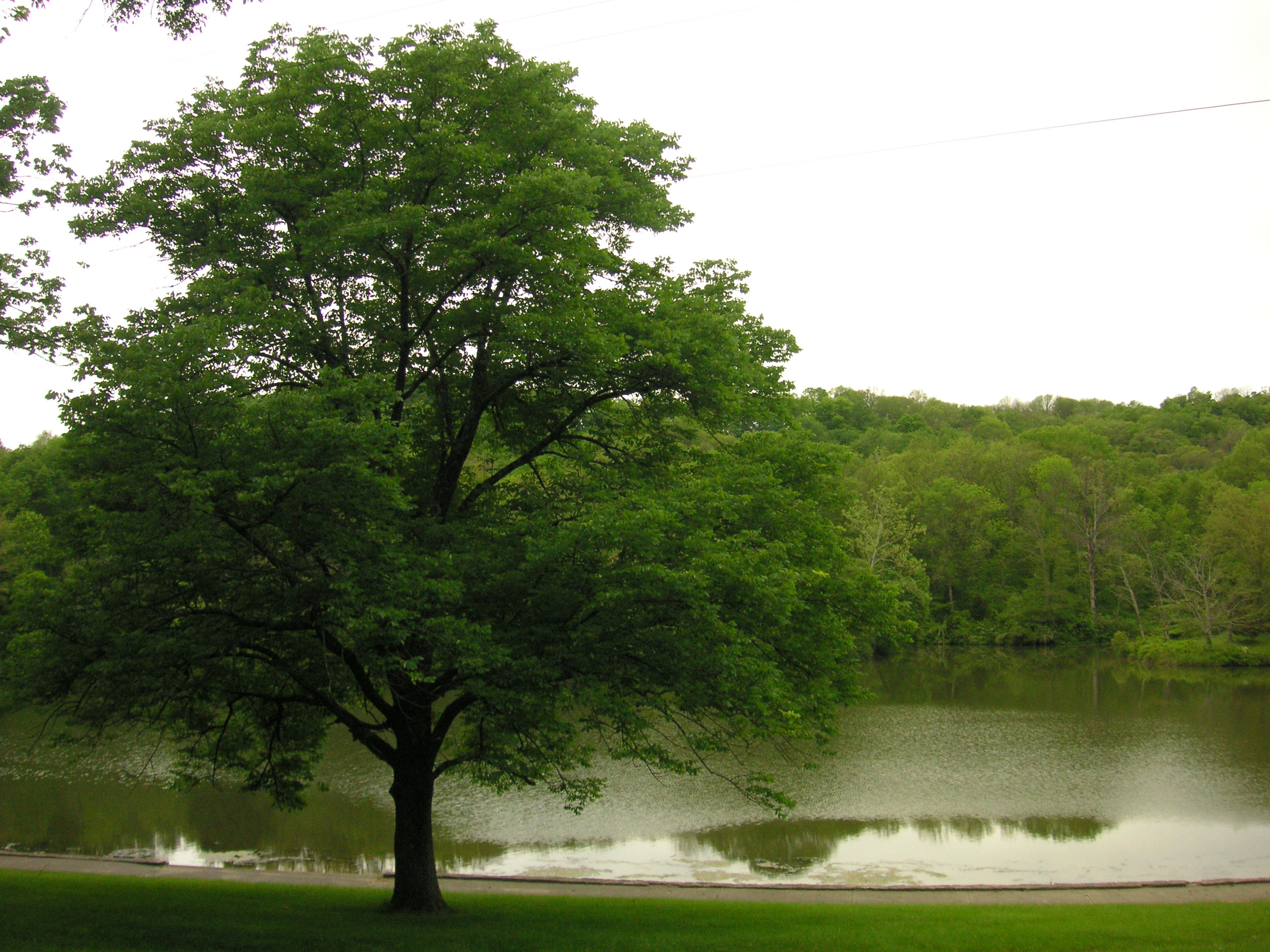Today's fun facts are about TREES (secretly my favorite)!
Now I'm in Arizona so the diversity of trees isn't really out there. The majority of trees around here are palms, mesquites, palo verdes and the ever popular, saguaro cacti.
If you don't believe they're trees just look at their 20 foot selves and tell me they don't compete.
However the main reason I bring up Arizona is that it is unarguably hot and shade is very valuable around here. When people go to park, the parking spot under the tree is the most sought out for. Now the question I want to bring up is why exactly is the shady area around the tree very popular since I am pretty sure that fact is true everywhere.
So why is tree shade so treasured?
The answer:
A tree is nature's air conditioner.
A tree makes cool air equivalent to that of 10 room-sized air conditioners that run for 20 hours.
And that's all from ONE single tree.(1)
And that's all from ONE single tree.(1)
To understand how this is possible we have to look at a leaf...
Actually a bit closer...
Closer still...
Almost there...
There we go!
Those tiny little opening that look like lizard eyes are what a leaf uses to breathe. Yes, plants do actually breathe. Well transpire is more appropriate. The opening is called a stomata. Through the stomata transpiration occurs, which is the release of water through plants.(2) As the plant drinks up water from the soil, the plant uses maybe a small percentage of it and the rest is "exhaled" back into the air. The plant does this essentially to cool itself off from the energy it is using during photosynthesis to break up hydrogen molecules.(3) During a day, a leaf will "exhale" water that is many times more than its own weight. To put things into perspective, an oak tree will give off about 40,000 lbs of water in a year.(2)Thats enough water to fill about one and a half average pools. With all that water vapor leaving the plant, it's no surprise that the plant's vicinity should be cool.
If you ever want to actually see this process in action, just wrap a plastic bag around a part of the plant and leave it for a few hours. When you return to the plant and remove the bag, you'll find that the inside of the bag will be covered with the condesation from the evaporated water the plant released.
So next time you're complaining about a hot day and plan on escaping back into the confinements of your house, maybe just sit under a tree and enjoy the day. Although you might not want to sit under a saguaro. They can be a bit mean if someone gets too close.
Souces: 1. Canopy.org
2. USGS
3. Plant and Soil Sciences eLibrary
)






